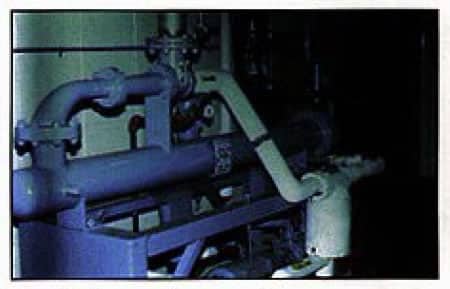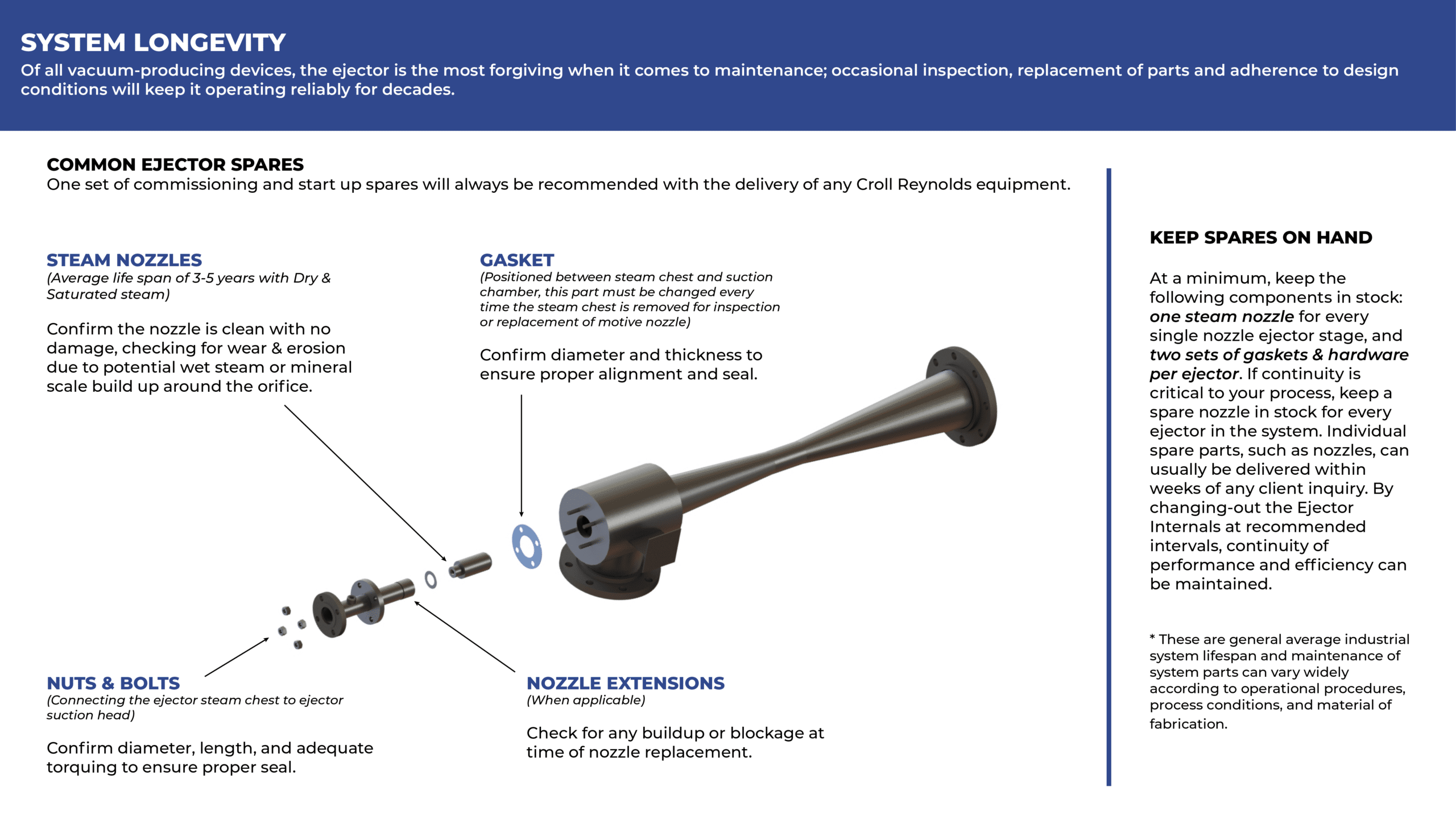 Dry surfactant products offer versatility and cost less to handle and ship than traditional liquid detergents. However, the high cost of removing water to produce the dry surfactant materials often offsets their advantages.
A compact vacuum drying system offers a surfactant plant in Indonesia an efficient way to dry the material and avoid problems with air pollution control. Because the dryer process is a vacuum drying system, not an air-drying system, it also does not pose fire or explosion hazards and does not emit a plume to cause visual or enviromental concerns.
In the process, a high active paste is preheated and metered to a multi-tube, steam-jacketed dryer vessel. About forty percent of total drying takes place during the initial flash evaporation of the paste.
Drying continues as the resultant water vapor propels the detergent paste down the tubes at a high velocity. Paste and water vapor are subsequently separated in a downstream vacuum separation vessel.
One of the first applications of this new process is at a detergent manufacturing facility in Indonesia. The installation consists of two parallel drying systems. Vacuum for drying is supplied by two packaged steam jet ejector/liquid ring pump vacuum systems. The detergent processor had available both process steam and self-generated electricity. Cost and availability favored the combination of the two. The packaged steam jet systems, each composed of one steam-powered ejector stage followed by an intercondenser and electrify operated liquid ring vacuum pump, were considered optimum.
The drying systems and vacuum packages required little maintenance. The dryer operates with no moving components. The ejector stages of the vacuum system also operate with no moving components.
In the sub-tropical climate of Indonesia, cooling tower design temperature was a high 33 degrees C. Coupled with a desired vacuum level of forty Torr, this could pose a challenge to a dryer system. However, the completed system took the severe service conditions and is performing to specification.
Sulfonation process equipment was designed and built by Chemithon.
The steam jet ejector/liquid ring pump vacuum systems were supplied by Croll Reynolds Co., Inc.
By John Chittenden, Senior Engineer – The Chemithon Corporation, Seattle, Washington
Dry surfactant products offer versatility and cost less to handle and ship than traditional liquid detergents. However, the high cost of removing water to produce the dry surfactant materials often offsets their advantages.
A compact vacuum drying system offers a surfactant plant in Indonesia an efficient way to dry the material and avoid problems with air pollution control. Because the dryer process is a vacuum drying system, not an air-drying system, it also does not pose fire or explosion hazards and does not emit a plume to cause visual or enviromental concerns.
In the process, a high active paste is preheated and metered to a multi-tube, steam-jacketed dryer vessel. About forty percent of total drying takes place during the initial flash evaporation of the paste.
Drying continues as the resultant water vapor propels the detergent paste down the tubes at a high velocity. Paste and water vapor are subsequently separated in a downstream vacuum separation vessel.
One of the first applications of this new process is at a detergent manufacturing facility in Indonesia. The installation consists of two parallel drying systems. Vacuum for drying is supplied by two packaged steam jet ejector/liquid ring pump vacuum systems. The detergent processor had available both process steam and self-generated electricity. Cost and availability favored the combination of the two. The packaged steam jet systems, each composed of one steam-powered ejector stage followed by an intercondenser and electrify operated liquid ring vacuum pump, were considered optimum.
The drying systems and vacuum packages required little maintenance. The dryer operates with no moving components. The ejector stages of the vacuum system also operate with no moving components.
In the sub-tropical climate of Indonesia, cooling tower design temperature was a high 33 degrees C. Coupled with a desired vacuum level of forty Torr, this could pose a challenge to a dryer system. However, the completed system took the severe service conditions and is performing to specification.
Sulfonation process equipment was designed and built by Chemithon.
The steam jet ejector/liquid ring pump vacuum systems were supplied by Croll Reynolds Co., Inc.
By John Chittenden, Senior Engineer – The Chemithon Corporation, Seattle, Washington How Hybrid Ejector Vacuum Systems Improve Process Efficiency
Reducing the consumption of resources and increasing system performance are top priorities in

